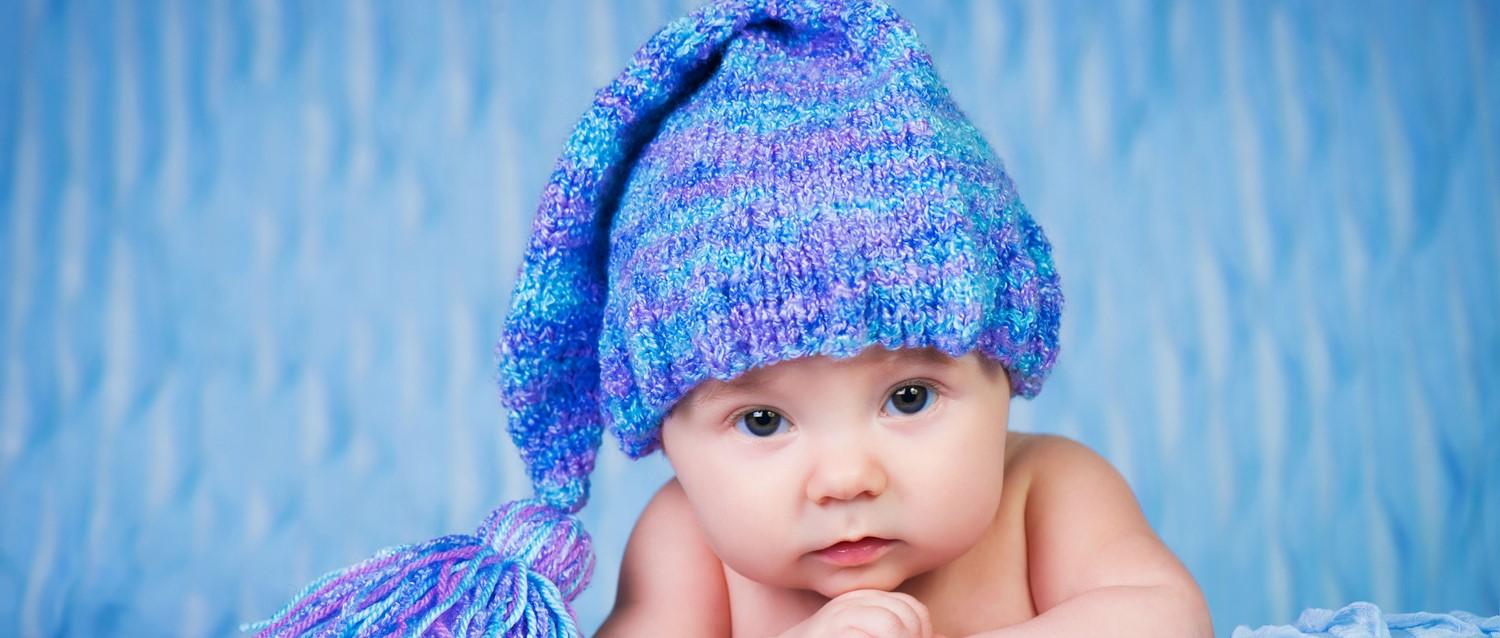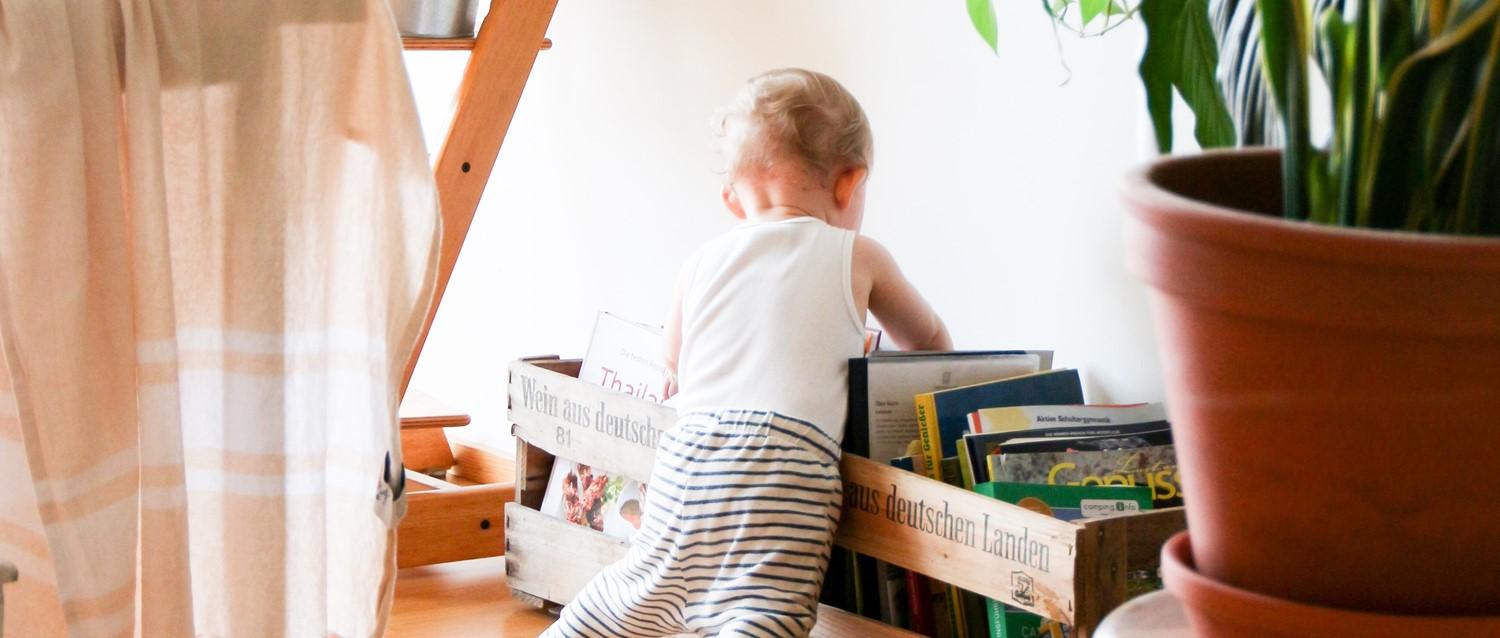
How to keep your baby safe and warm in winter
Peer reviewed by Dr Hayley Willacy, FRCGP Last updated by Dr Sarah Jarvis MBE, FRCGPLast updated 21 Dec 2017
Meets Patient’s editorial guidelines
- DownloadDownload
- Share
- Language
- Discussion
When you are pregnant, you count the days until your baby is in your arms. Then suddenly, they're here, and you're in charge of this precious bundle who depends on you for everything. How do you keep them safe? How do you know when they're too hot, too cold, too hungry, too unwell?
The unexpected can always happen, but these tips will mean you're as prepared as you can be to help your baby thrive over the winter months.
In this article:
Continue reading below
Temperature - getting it right
If the temperature plummets, we may complain a bit, but we can just throw on a thicker coat or another jumper and get on with it. Your baby, on the other hand, needs your help to keep them at the right temperature. Knowing what they need can seem daunting. But these tried and tested tips will keep your little one in tip-top shape until spring.
Get a room thermometer
Your baby’s room should be between 16 and 20°C, with 18°C the ideal. This is about the temperature you’d be comfortable at with light indoor clothing - but trust a thermometer rather than your own judgement.
Go like Goldilocks
The temperature shouldn’t be too warm or too cold, but just right. Babies aren’t good at regulating their own body temperatures, especially under the age of 9 months. Being too hot may increase the risk of cot death.
Layer the look
Your baby can overheat quickly if you leave outdoor clothes on indoors, so dress them in layers you can take on and off if you’re going indoors and out. Remove layers as soon as you are indoors, even if it means waking them.
Losing it
Your baby is much smaller than you, so they have less insulation and lose heat quicker than you do. They’re also not moving around much. As a rule, they’ll usually need one more layer of clothing than you.
Get ahead, get a hat
Babies can lose quite a bit of body warmth from their heads, so pop on a hat outside even if it’s not too chilly for you to need one - but remove it as soon as you are indoors and never put them to sleep in a hat.
Don’t do a duvet
Duvets can shift around and could suffocate your baby, or cause them to overheat.
Snuggle in sheets and blankets
Tuck these in firmly at the bottom of the cot so they can’t ride up over your baby’s face, and keep the top at, or just below the level of their shoulders. Use cotton sheets and blankets.
Sleep sack?
A baby sleeping bag or sleep-sack can be a useful option, especially if your baby tends to wriggle at night. Because they have armholes, they allow your baby to move their arms around if they don’t like being swaddled. 2.5 tog is fine for a room at 18°C.
Hot water bottles are not for babies!
Nor are electric blankets. Don’t position your baby’s cot or seat next to a radiator or other heater.
Car care
Tuck your baby’s blanket over their car seat straps, and remove it as soon as the car warms up. Tucking it inside the straps can stop the straps being properly tightened.
It’s you, not them, doing the walking
If you’re out for a brisk walk with your baby in their pram, you may well be working up a sweat. They're lying still, so don’t judge the temperature by how warm you are. However, if they’re in a baby sling, they’ll be getting some body heat from you.
Warm tummy, warm heart
Your baby’s hands and feet can be cold even if they’re warm enough, so touch their tummy to see if they need more layers (if it’s cool, add a layer). If your baby’s hands or feet are cold or blotchy, pop mittens or socks on.
Cuddle therapy
If your baby does get cold, don’t be tempted to rub their delicate skin to warm them. Instead, cuddle them close and pop their hands into your armpits.
Cot death - cut your baby’s risks
Any death is tragic, but losing a baby to Sudden Infant Death Syndrome, also known as SIDS or Cot Death, is unbearably cruel. Despite decades of research, we still don’t know exactly what causes SIDS - it’s likely there are lots of causes which may interact. However, we do know that some precautions, especially in the first few months of life (SIDS is most common in 2-4 month olds) can cut the risk.
Back to sleep is the golden rule. The number of babies dying from cot death in the UK has halved since advice was introduced that all babies should be put to sleep on their backs. This includes naps as well as at night. Once your baby is 5-6 months old, they’ll probably start turning over themselves. At first, put them back on their backs, but there’s no need to keep checking every 5 minutes - they’ll soon learn to roll back onto their backs, and the risk of cot death drops rapidly by this age.
Other tips to reduce the risk of SIDS include:
Don’t let them overheat - invest in a room thermometer and keep the room at about 18°C
Never give your baby a pillow, and keep soft objects that could fall onto their face out of cots. If you’re using bumper pads, they should be very firmly secured with no loose ties
Make sure they sleep on a firm mattress - even if they’re in a travel cot
Lie your baby with their feet touching the foot of the cot so they can’t slip down under the covers
Cover them with sheets and blankets up to their armpits only, and tuck bedding in well (a baby sleeping bag is a safe alternative)
Share a room, not a bed. The best place for your baby to sleep until they’re at least 6 months old is in their own cot next to your bed
Don’t fall asleep with your baby in an armchair
Don’t let anyone smoke in the same room as your baby. Even second-hand smoke on clothes can be a problem
Breastfeed if you possibly can - it may help protect against SIDS
Make sure your baby has all their immunisations - fully protected babies have a lower risk of cot death
Read my tips on spotting if your baby is poorly and seek help.
Continue reading below
How to I know if my baby is ill?
All babies and kids get poorly sometimes, and as a rule they bounce back to normal within days. But just occasionally something serious is going on, and it’s important to know when you should get help.
Fever
It’s normal for babies and children to get a fever when they’re poorly. But how high it is, and how poorly your little one is otherwise, will guide you on whether you need to worry. A fever for more than 5 days should always be checked out.
Don’t rely on temperature strips on your baby’s forehead. Use an electronic armpit thermometer, or an electronic ear thermometer if they’re over 4 weeks old.
A fever of 38°C or more if your baby is under 3 months old, or 39°C or more if they’re over 3 months is a warning sign something serious might be going on. If they’re over 3 months old, you can give paracetamol or ibuprofen if they’re distressed. This should bring their fever down, and they should become less floppy and listless - seek medical help if their fever doesn’t come down or they don’t become more lively.
Could it be sepsis?
Sepsis, sometimes called blood poisoning, is a life-threatening infection. Fast action saves lives, so knowing the warning signs could help you save them. If you're in any doubt, call 999 and ask 'Could it be sepsis?' if your baby:
Is breathing very fast, or ‘grunting’ when they breathe, or their stomach sucks in under their ribs when they breathe in.
Has a ‘fit’ or convulsion.
Has clammy, cold skin and looks blue, pale or patchy (mottled).
Has a rash that does not fade when you press it.
Is floppy, lethargic or difficult to wake.
Feels abnormally cold to touch.
Other warning signs
You should also seek medical help if your baby:
Is hot all over with cold hands and feet.
Has sunken eyes or a sunken or bulging ‘soft spot’ (fontanelle) on top of their head.
Doesn’t produce tears when they cry or doesn’t produce a wet nappy for 12 hours.
Vomits repeatedly.
Is off their feeds for any length of time, especially if they’re under 8 weeks old.
Patient picks for Baby and toddler

Children's health
Putting together a budget for your baby
Having a baby is one of the most exciting – and expensive things – you will ever do. Figures from The Money Advice Service show you’ll spend £4,000 on a child in their first year and by the time they’re 18, that could be a staggering £250,000.
by Danny Chadburn

Children's health
When to worry about your baby's development
While each child will develop at their own rate, there are certain key milestones that parents tend to look out for. These can be reassuring when we notice them, but looking for milestones can also cause a lot of worry - especially if your child reaches them later than some of their peers.
by Gillian Harvey
Continue reading below
Article history
The information on this page is peer reviewed by qualified clinicians.
21 Dec 2017 | Latest version
21 Dec 2017 | Originally published

Ask, share, connect.
Browse discussions, ask questions, and share experiences across hundreds of health topics.

Feeling unwell?
Assess your symptoms online for free
Sign up to the Patient newsletter
Your weekly dose of clear, trustworthy health advice - written to help you feel informed, confident and in control.
By subscribing you accept our Privacy Policy. You can unsubscribe at any time. We never sell your data.